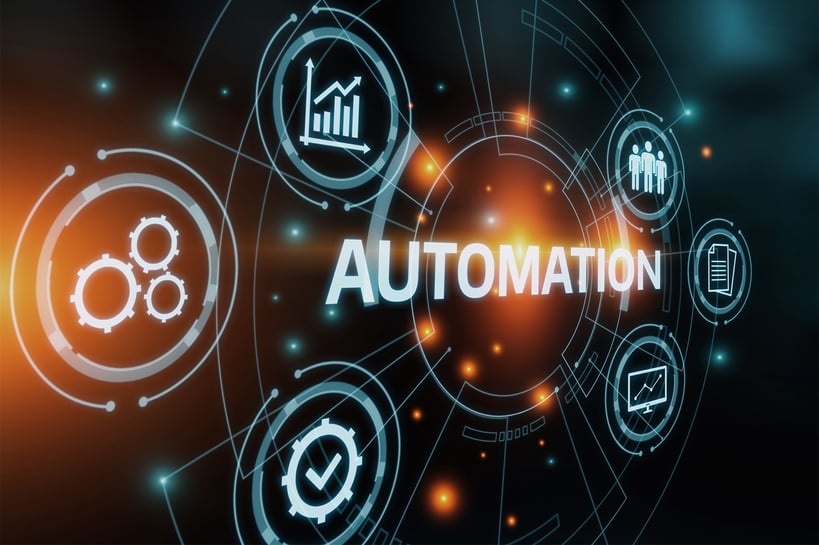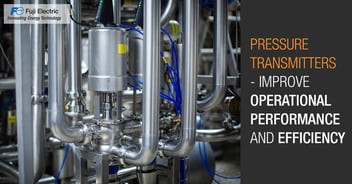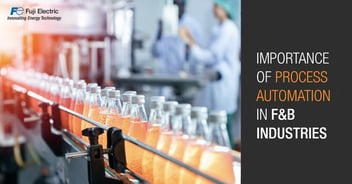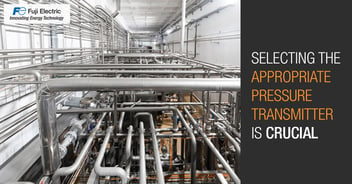PLC Vs. DCS – How to choose the right option for your operation

Automation has been deployed in manufacturing setups for decades and has become an integral part of machines, lines, factories, and plants. Today, the industry is moving towards digitalization, and adopting advanced automation technologies to become ready for Industry 4.0 and the Industrial Internet of Things (IIoT). Automation is the elementary need for the industry to adopt advanced and next-generation automation technologies. Programmable logic controllers (PLC) and distributed control systems (DCS) are primary elements in any factory or industry's automation infrastructure.
PLC and DCS have different areas of application in a factory or an industry, with both systems having an edge over the other in their area of operation. PLC and DCS are both controllers deployed in applications in factories and plants to overcome a totally different set of challenges. Interchanging one with the other is not advisable as well as it will not suit that application, and the user will not get the desired results.
Comparing and differentiating PLC and DCS
There are many similarities as well as differences when it comes to PLC and DCS. PLCs primarily handle machine automation, whereas factory, plant, and DCS handle process automation. One might ask why this differentiation. A PLC is typically designed for high-speed, fast-response applications that involve motion control and robots. In these applications, accuracy and precision are extremely important, which demand a fast response or a microsecond response time. Thus, a PLC provides possibilities of such microsecond response times, enabling the user to implement such applications easily.
On the contrary, a DCS is typically designed for slow response systems which do not change in microseconds. These systems are ideally running cycle times of a few milliseconds to seconds. A typical application for a DCS could be process control, data acquisition in a factory or a plant, acting as a centralized data storage system etc. These applications do not usually deploy robots or high-speed, precise motion control applications. Even if DCS does not handle high-speed applications, the DCS is more focused on critical systems, which demand the deployment of higher safety and security mechanisms. DCS is at the edge of the factory architecture and serves as a gateway to the IT infrastructure in a factory or a plant.
Ideally, multiple machines constitute a line on a factory floor (shop floor). Each machine has a dedicated controller called a PLC. These PLCs are connected to a central system responsible for various activities such as data acquisition, analytics, reporting, centralized dashboards, Andon systems, and some processes for running the plant. These systems depending on their capabilities could also incorporate building automation and factory security systems.
Hardware and software capabilities
A PLC is typically a field gate programmable array (FPGA), ARM, Intel, or a simple microprocessor. In some high-end and complex applications, the users also deploy an Industrial PC as a PLC. The operating system is typically a real-time operating system (RTOS) for providing deterministic response times down to a few microseconds. Software is needed to program a PLC capable of handling IEC 61131-3 programming languages such as a ladder, text-based languages, and function block diagrams.
On the other hand, a DCS is ideally an Industrial PC running a general-purpose operating system (GPOS) such as Linux or Windows, thus offering no complex real-time performance with an optimal cycle time of around a few milliseconds. Like a PLC, the DCS also needs software that programs or configures the system as per the user's needs. In addition, a DCS provides possibilities of having redundancy, and depending on the criticality of the applications being handled; the user can decide to implement redundant systems. Usually, power plants are the best example of critical infrastructure needing 24*7 functioning.
Choosing the right solution
There is a clear distinction on the deployment of a PLC or a DCS, and it depends on the application, response time, safety functionality, and type of control desired. A PLC is a choice for machine control and automation that desires deterministic, high-speed response times, whereas a DCS is a choice for factory automation for data acquisition, analytics, reporting, or a process and plant control of critical infrastructure.
The entire industry is relying on Fuji's PLCs and DCSs to revolutionize the complex, always-on process operations. Fuji's industry-leading control architecture closely controls production at all times, ensuring that all resources are being used effectively and that the highest possible quality standards are being maintained in every batch. In addition, Fuji's DCS solutions aid in drastically lowering environmental impact by keeping a close eye on the usage of raw materials, energy production in the plant, and waste by-products. Various industries like Smart Building & Infrastructure, Data centers, Healthcare, Manufacturing, Retail and BFSI, Heavy Industry, Energy Storage, Energy and Utilities, Water and Wastewater, Ports and Cranes, etc., benefit from Fuji's automation devices because of their high-performance and adaptability.
 China
China Europe
Europe France
France Hong Kong
Hong Kong Indonesia
Indonesia Japan
Japan Singapore
Singapore Thailand
Thailand USA
USA

